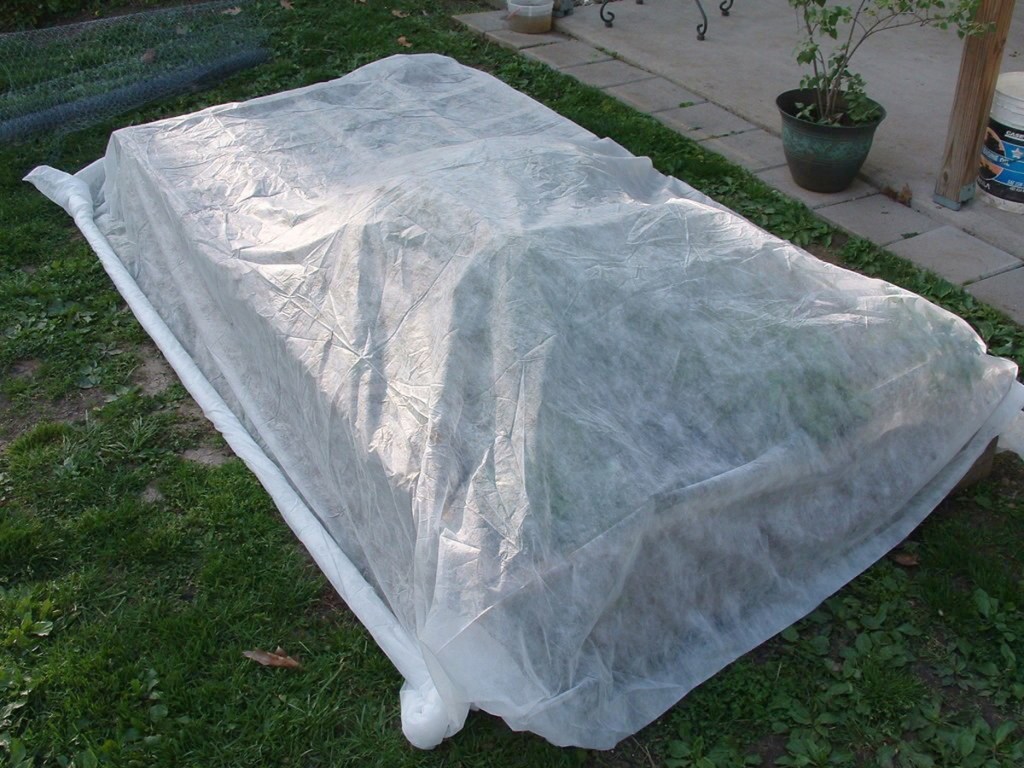When New Iberia Freezes Over
Published 6:15 am Sunday, February 28, 2021

- When covering plants with plastic, never place the plastic directly over the plants, says Richard Hebert of Hebert’s Garden Center. Instead, cover with a blanket first.
Last week Iberia Parish experienced record-breaking freezing temperatures. Icy roads and lack of proper cold-weather attire kept many residents bound to the confines of home. But outdoor plants and landscaping may not have had such luxury.
So, what do we do with the plants and trees that have turned brown, look distressed and helpless? Do not start digging them up just yet. Right now, may be the most crucial time for action, or rather, no action.
Richard Hebert of Hebert’s Garden Center offers this important tip for saving the landscaping you so devotedly tended to all quarantine long. Do not fertilize yet. Typically, it would be approaching the time of year to fertilize gardens, but in this case, hold off on that and let the garden come back naturally. It is critical to see how the plants handle coming back on their own and if they seem to be struggling come spring.
Tropical plants, like hibiscus or citrus plants, or any other cold sensitive shrubs, wait a couple of weeks before trying to salvage them. If there happens to be another cold snap, trying to save the tropical plants now may cause more damage. Saving citrus trees will depend greatly on many factors. Location of the tree, age, type and how it was protected will all influence the recovery. But keep in mind, revival is possible. This is the wait-and-see portion of the gardening cycle.
Once mild weather is in the forecast, then cut plants and trees back and clean them up. This also holds true for plants in the landscape such as Lily of the Niles, gingers and any grass like Aztec grass.
When cold weather becomes a thing of the past, cut back trees and plants. If any plants show signs of green, do not want to cut them back. The presence of green means there is life in the resilient little plant. This means they can still make their own food and have the chance to come back to life on their own with a vengeance.
When cutting back trees, only cut until hitting the “good wood” and/or see green. It is important to let the havoc of the temperatures play out before cutting the persistent plant. Allow the fresh plant to emerge on its own to be sure not to trim more than needed.
The ice that covered our gardens last week can be viewed as plant assassins. The truth is, if anything saved plants from the frozen tundra it was, in fact, the ice. The ice serves as a sort of blanket shielding the plants from the frigid temperatures. A plant that wasn’t covered in ice got about five to seven degrees lower in temperature than one protected by the ice. So, do not be so hard on the ice, it may have just saved your plant’s life.
1. Sheets
2. Drop Cloth
3. Blanket
4. Plastic (never put plastic directly on plants. First cover with a blanket)
*Be sure to remove these coverings as soon as the sun rises. Otherwise, the condensation under the protection could cause the plant to do exactly what you were hoping to prevent, freeze the plant.
These beautiful floras are hardier than you might think. Their resilience and beauty make them perfect for Louisiana temperamental weather.
1. Hibiscus
2. Bougainvillea
3. Agapanthus
4. Palms
5. Bird of Paradise
6. Japanese Silver Grass





